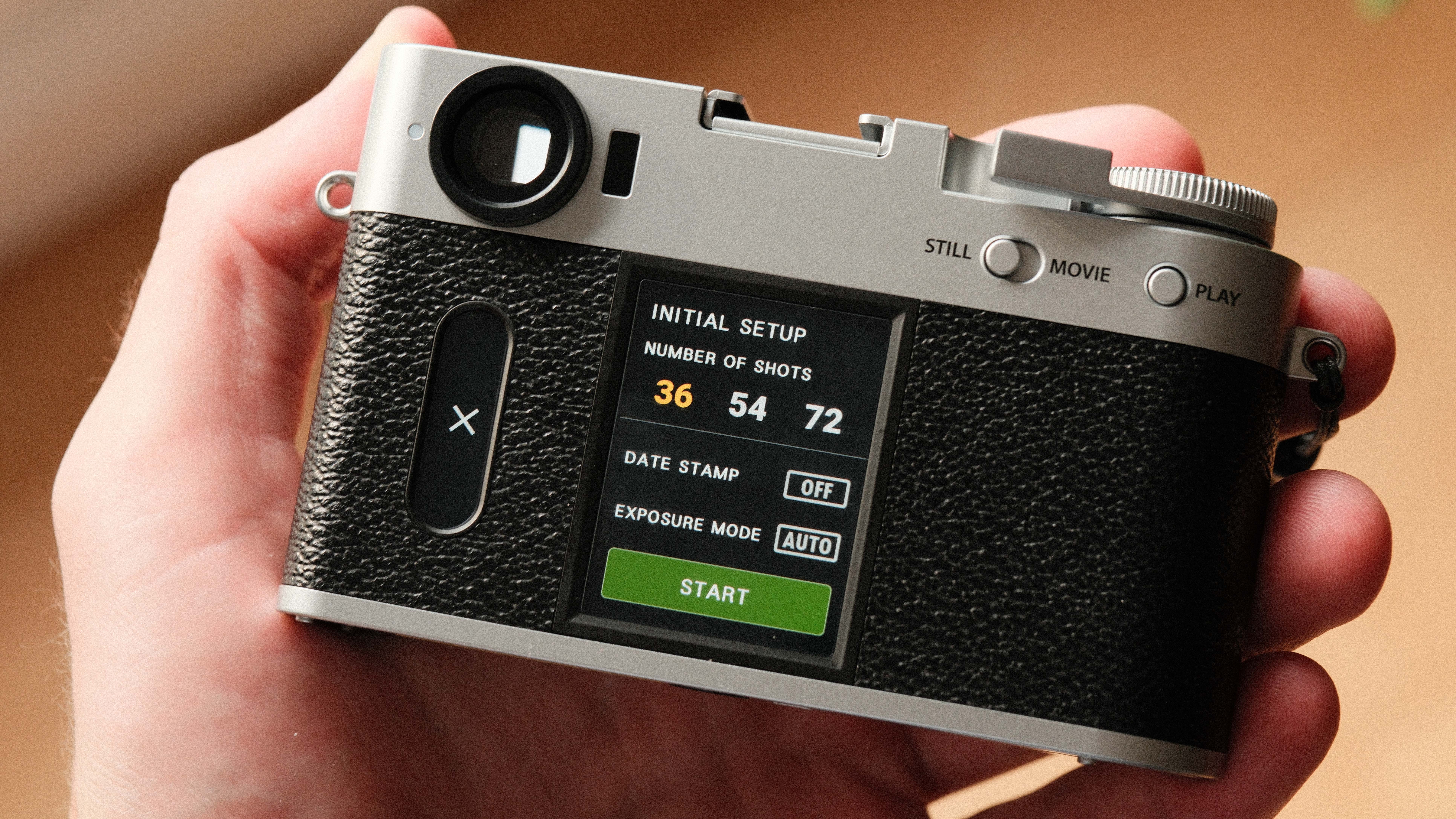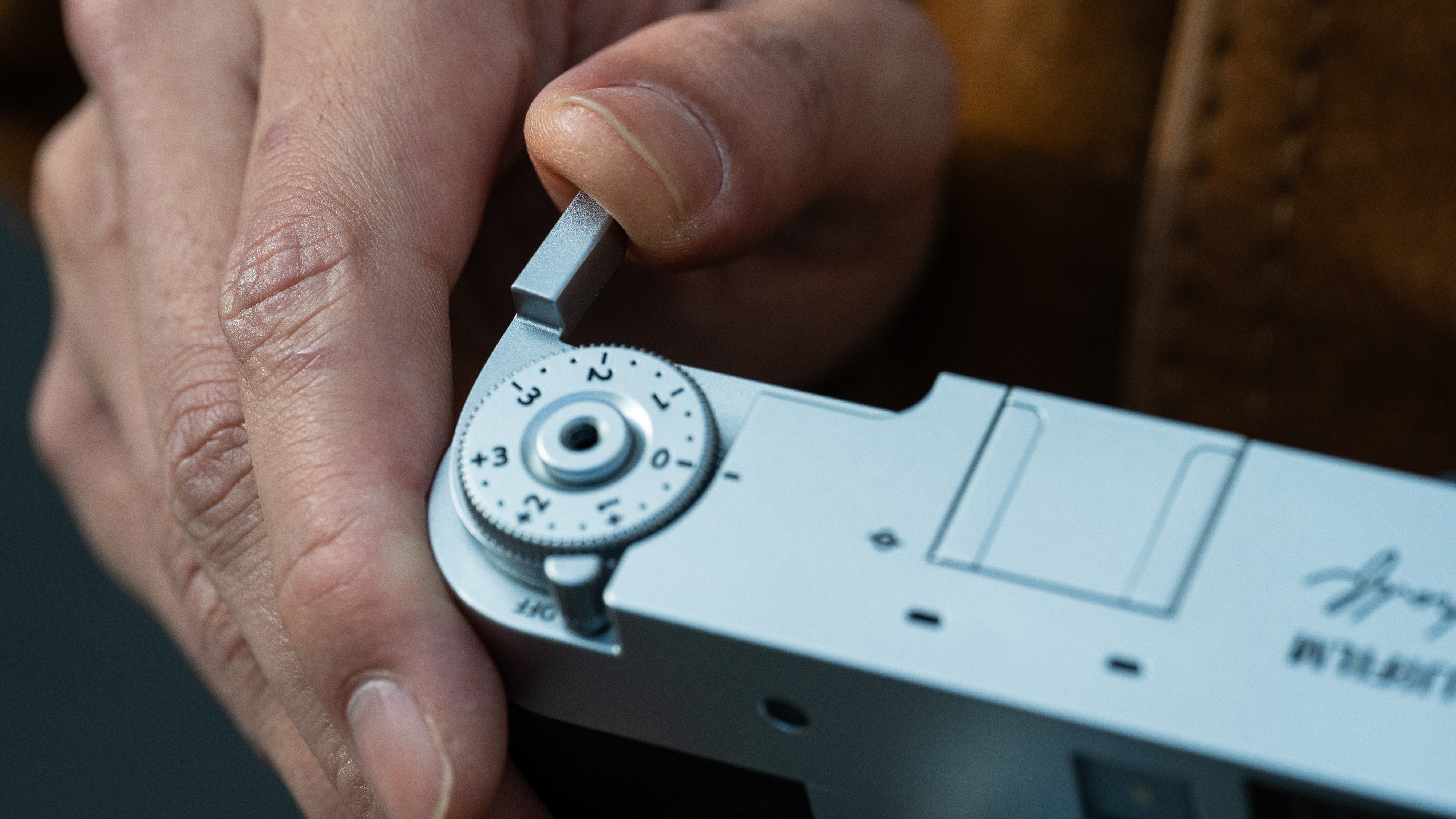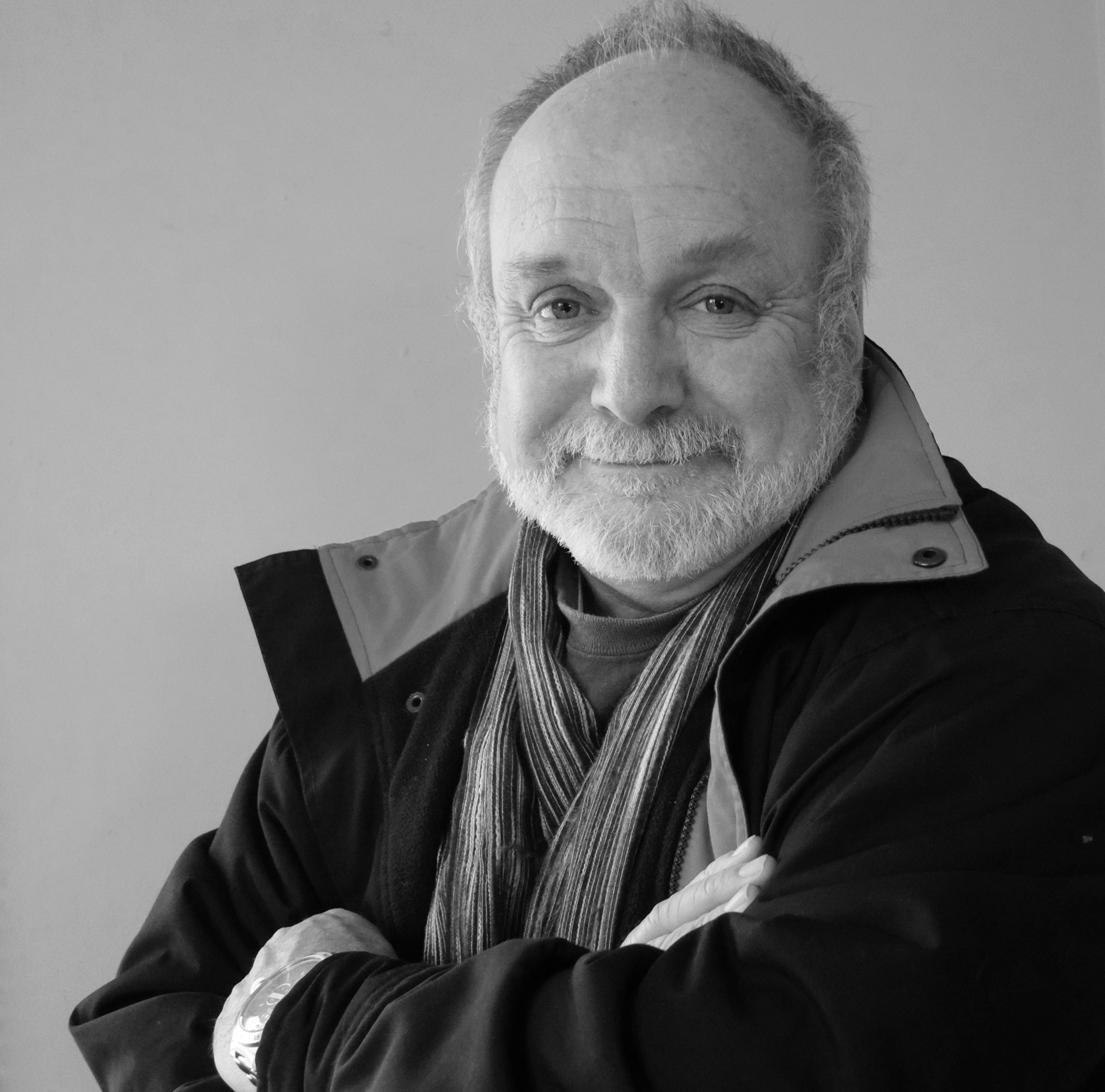Testing Fujifilm's X-Half gave me a painful reminder of the reality behind the romance of film photography
I tried Fujifilm's film camera mode and remembered why I permanently switched to shooting digitally

If you’re like me, you started out shooting film. It’s possible that – also like me – you found the whole digital capture thing a bit alien and – certainly for everything post-camera – quite challenging.
Obviously I had to get my head around the new technology pretty fast, but I kept on shooting film for quite a while. Over time, though, we’ve begun to take for granted all the conveniences that digital imaging delivers… so much so that going back now looks like the challenge.
This was particularly highlighted while reviewing Fujifilm’s X Half and, in particular, its Film Camera Mode. It imposes a whole bunch of restrictions that were par for the course when shooting film.
And that really got me thinking about the realities of film photography versus the romantic notions about it being a more inclusive experience, more thoughtful, less rushed and all the other things that look attractive until you actually get there. In theory these are all good things, and were the way it was when photography was all about film and nothing else.
I got started on Kodachrome 64, one of the most unforgiving film stocks there was (except for maybe K25) and it meant getting everything right in-camera – composition, framing, focusing and exposure. It was a good training and I still aim to do all this today, but it’s nice to have digital’s many safety nets and to be able to explore more options with every subject or situation.
Of course, towards the end, 35mm cameras in particular, but also medium format models, were fully-automated with push-buttons and info screens. So what we’re really talking about when we talk of the “film camera experience” is either fully mechanical or largely manual cameras that demand you do most of the work – and, more importantly, that you know what you are doing.
This is certainly what the X Half is trying to replicate with its faux film advance lever, single shot operation and the various adjustments that can no longer be adjusted because you’re in the middle of a ‘roll’ (there’s even a virtual rewind sequence).
The best camera deals, reviews, product advice, and unmissable photography news, direct to your inbox!
Look, it could be fun, but I bailed out of my roll well before the end because I just couldn’t see the point of having to wait until I’d burned through 36 exposures before I could see what I’d shot (and you can set it to 54 or 72 – because it’s meant to be a half frame camera – which seems even more tortuous).
Of course, this is the way it used to be, and we all learned to live with it, but I no longer think it’s necessary to go through all the angst that always existed between finishing films and having them processed – especially if it was a big assignment.

If you’ve never shot film before, this surely has to be the biggest reality check: you just won’t know whether you’ve got it right until, most likely, you aren’t able to repeat the situation or circumstance. After all, they don’t call something “once-in-a-lifetime” because it’s going to happen again any time soon.
Beyond this, you’re stuck with the same film type and ISO setting for a whole 36 shots unless you use multiple cameras (which, of course, many pros did). Dialling the ISO up or down – while also being mindful of the image quality implications – is one of the great luxuries of digital capture. And you really miss it when you can’t.
Color balance is another fixed value with film – although, unless you regularly shot tungsten-balanced film under hot lights, it’s likely you were blissfully unaware of what it was all about. But if you needed the colors to be absolutely right, as many pros certainly did, color correction filters on the lens were the only way. Nowadays, many digital cameras allow for the fine-tuning of white balance in kelvin.
If anything, digital capture has given us a greater understanding of the technicalities and a greater ability to exploit them to achieve our visions. And creativity is still solely down to you.
Film has its own alchemy, along with some elements of unpredictability, which certainly has an artisanal appeal; the process perhaps becoming even more important than the picture. I get that. But I, for one, certainly don’t need to go back – not even for fun.
You may also like…
If Paul has successfully put you off using the best film cameras and the best 35mm camera film, satisfy your analog lust with one of the best retro cameras – which combine old-school looks and handling with modern mirrorless performance!

Paul has been writing about cameras, photography and photographers for 40 years. He joined Australian Camera as an editorial assistant in 1982, subsequently becoming the magazine’s technical editor, and has been editor since 1998. He is also the editor of sister publication ProPhoto, a position he has held since 1989. In 2011, Paul was made an Honorary Fellow of the Institute Of Australian Photography (AIPP) in recognition of his long-term contribution to the Australian photo industry. Outside of his magazine work, he is the editor of the Contemporary Photographers: Australia series of monographs which document the lives of Australia’s most important photographers.
You must confirm your public display name before commenting
Please logout and then login again, you will then be prompted to enter your display name.
